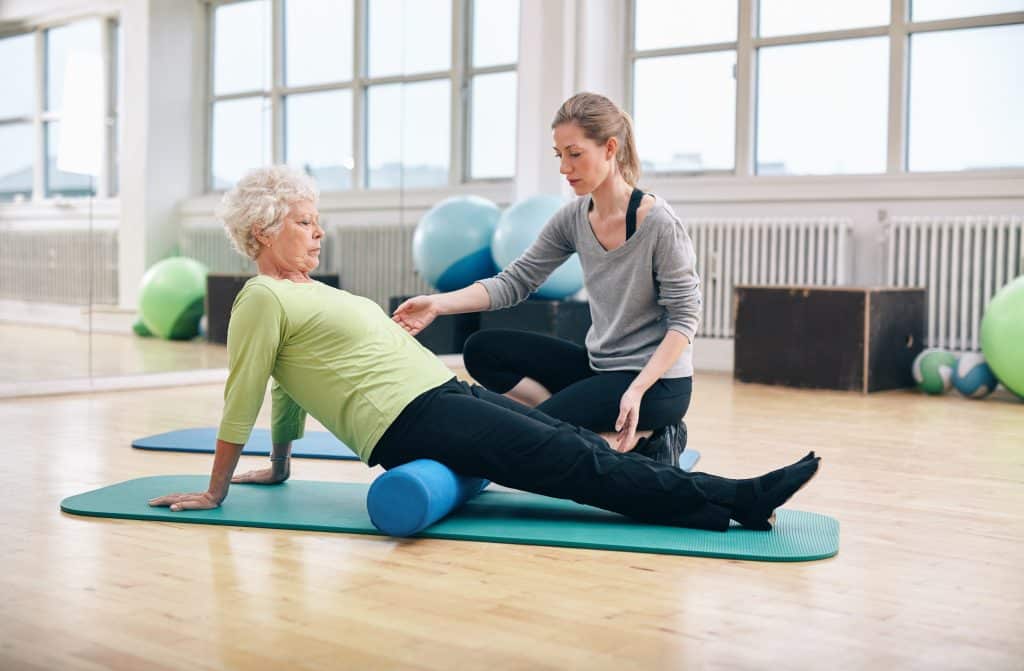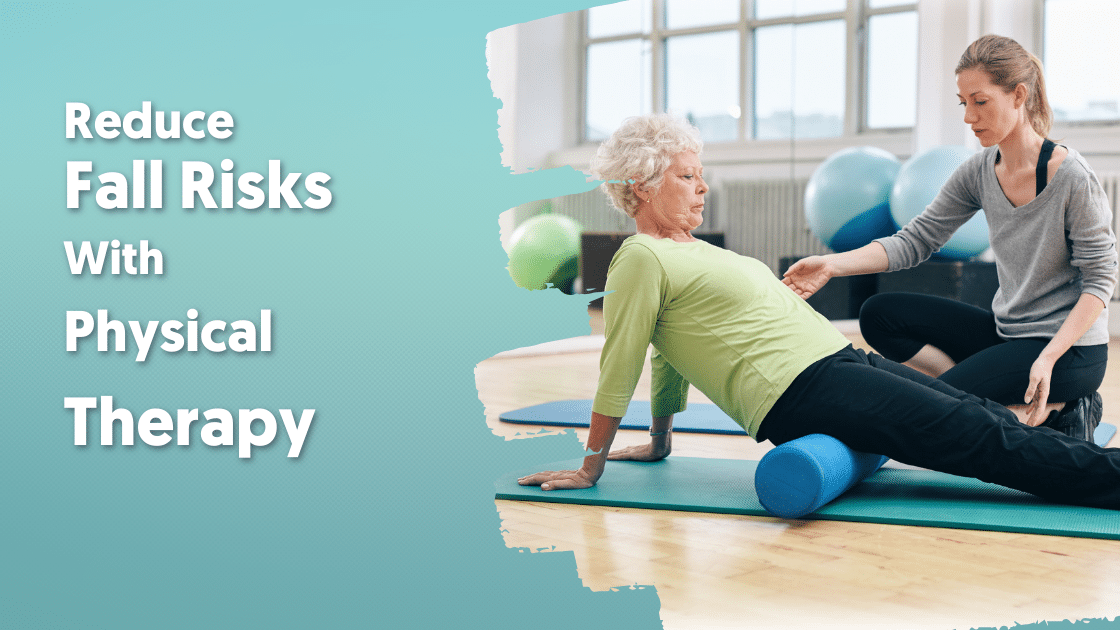Did you know that more than 1 out of 4 adults falls each year? To make matters worse, your chances of falling doubles after you’ve experienced your first fall. According to the CDC, one adult dies as a result of a fall-related incident every 19 minutes. You might not think that you’re at risk, but falls can happen to anyone. They can affect your self-sufficiency, cause injuries, and even prevent you from doing daily tasks. There is good news, though. You can lower your risk of falling with a bit of hard work. Learn how you can stay independent, healthy, and reduce fall risks with physical therapy.

Learn Key Exercises
Studies show that strengthening exercise reduces falls in older adults by 13-40%. At PT, you’ll learn these exercises so you can perform them safely while making your muscles strong. The physical therapist will measure your risk factors and then create a plan to stay independent. More importantly, they can help you avoid falling and even help you recover if you’ve already experienced a fall.
As you progress, the physical therapist will introduce even more strengthening exercises. The great thing about these exercises is they will improve your balance, coordination, and flexibility as well. With a focus on stability and balance, you’ll feel more confident in your daily living.
What’s even more important, therapy will help ease your fear of falling. Your physical therapist will work with you so you are able to continue doing the activities you love. They’ll continue to make sure you’re able to perform daily tasks and teach techniques that can prevent falls.
Eliminate Household Hazards
Physical therapists are no strangers to evaluating a person’s home. In fact, they regularly assess living areas to improve ergonomics and establish potential problems that can lead to injuries down the road. Obtrusive furniture, common clutter, and throw rugs are often culprits that lead to a fall.
Maybe there’s a long runner on your hardwood floors that reduces slipping. While you don’t have to get rid of the runner, the therapist might suggest attaching grips to the bottom corners so the rug stays put and doesn’t curl. Removing these hazards, or at the very least, modifying them, will go a long way in keeping you safe.
Safety Improvements
Once your home has been evaluated, your physical therapist will turn to other, less obvious issues of concern. For instance, adding secure grab bars in the tub or railings on both sides of the stairs for balance and security. Another suggestion may be investing in a quality pair of running shoes. Even if you aren’t a runner, the right footwear will provide you with proper support. Click here to learn about choosing the right footwear for you.
Get A Fall Risk Screening
Physical therapists are experts in movement. They can improve your quality of life with hands-on care, prescribed movement, and patient education. Part of that patient education comes from a thorough examination, such as a fall risk screening.
During a fall risk screening, the physical therapist will assess your risk for falling through various tests and measurements. Next, they will create a specialized program designed specifically for you to decrease your risk. It’s important to inform them if you ever experience loss of balance, dizziness, or have trouble seeing. They will also want to know whether you have fallen within the past year. These things influence the course of action they will want to take.



